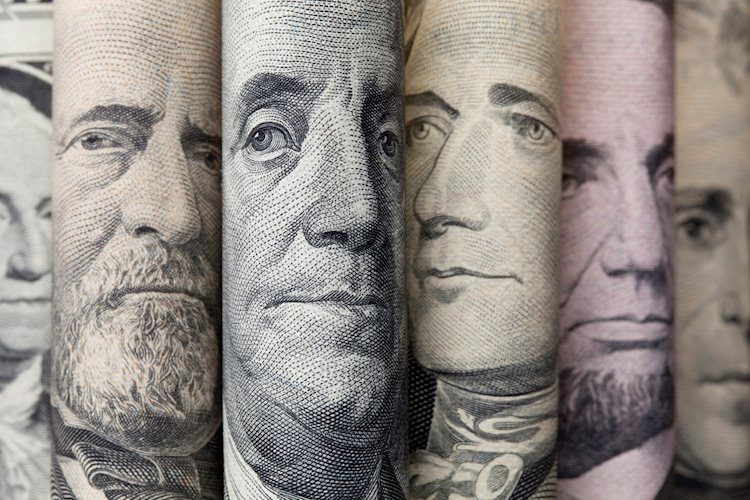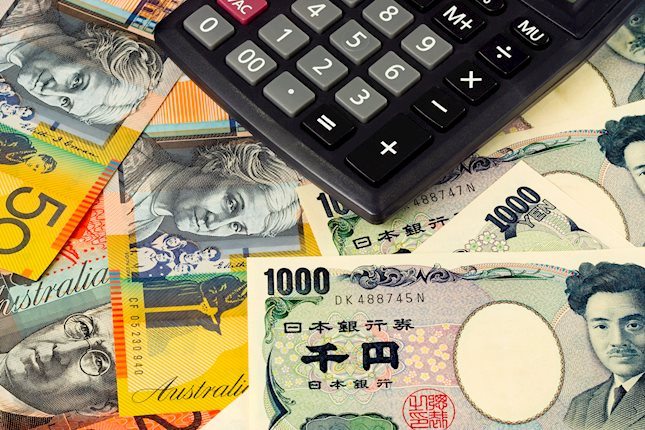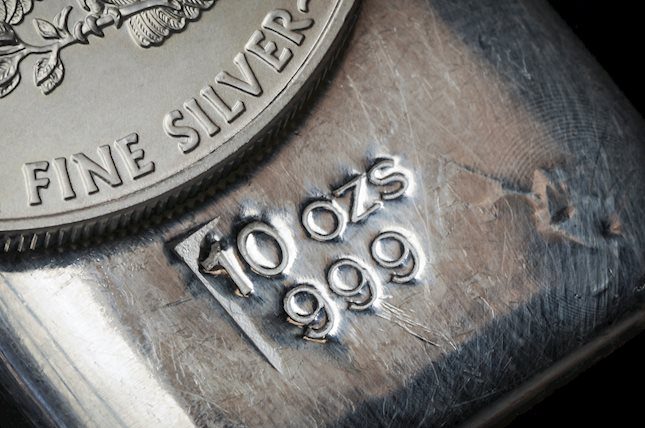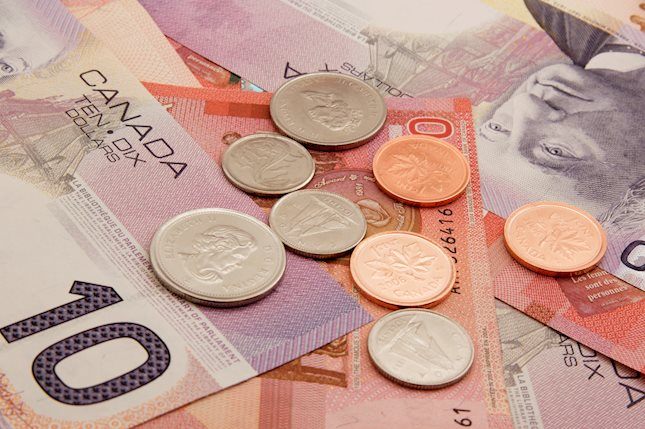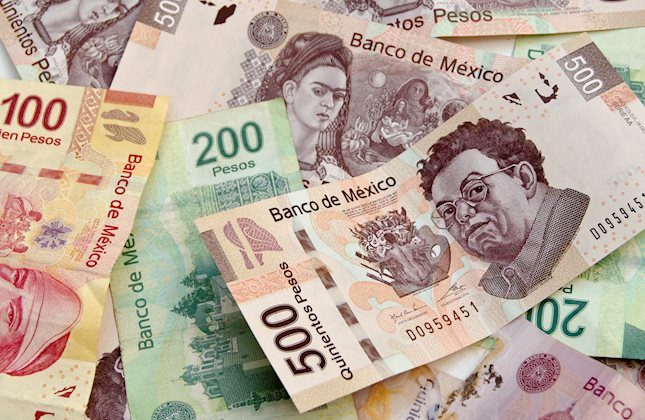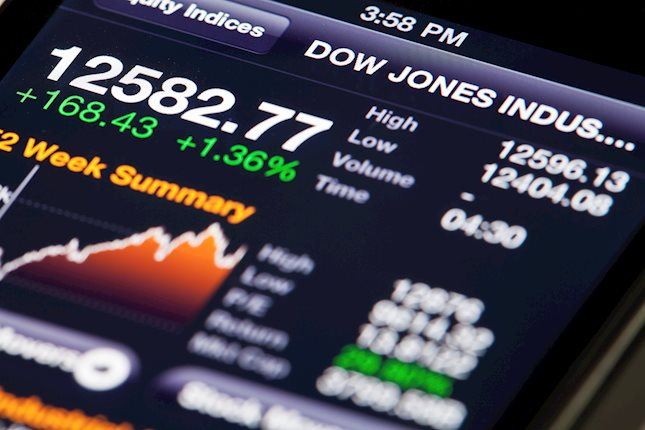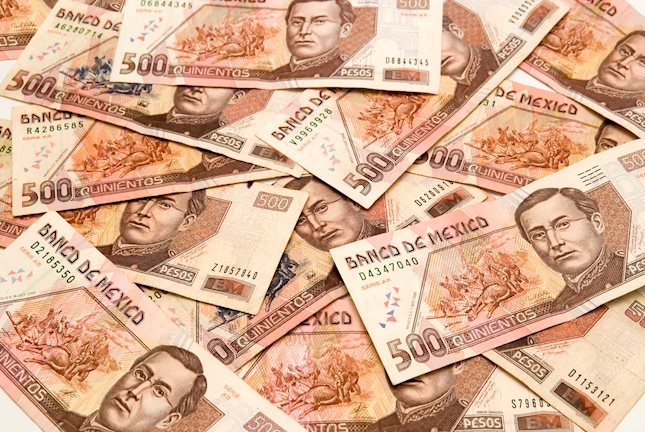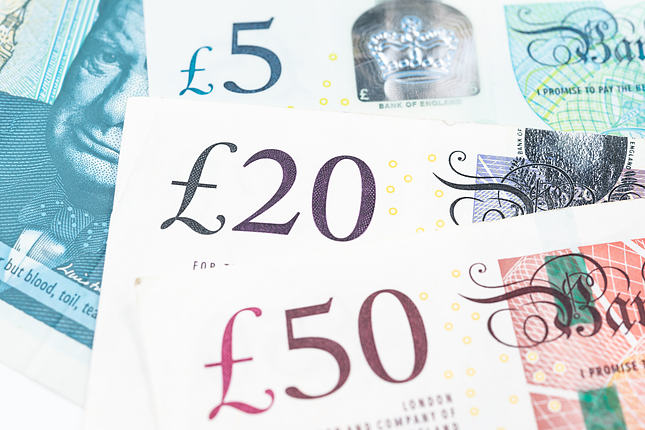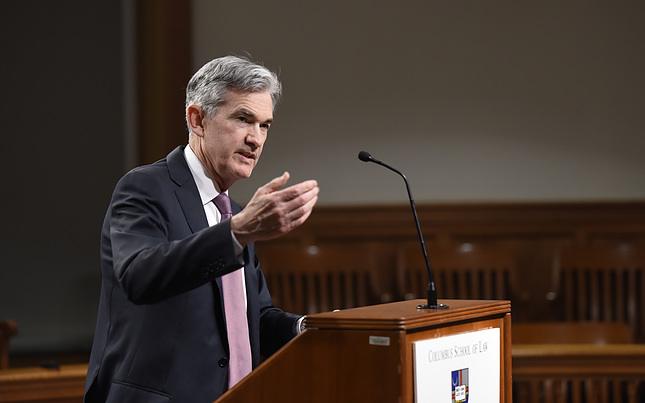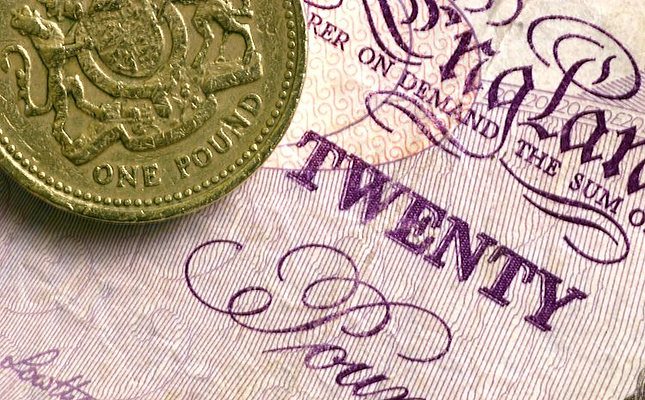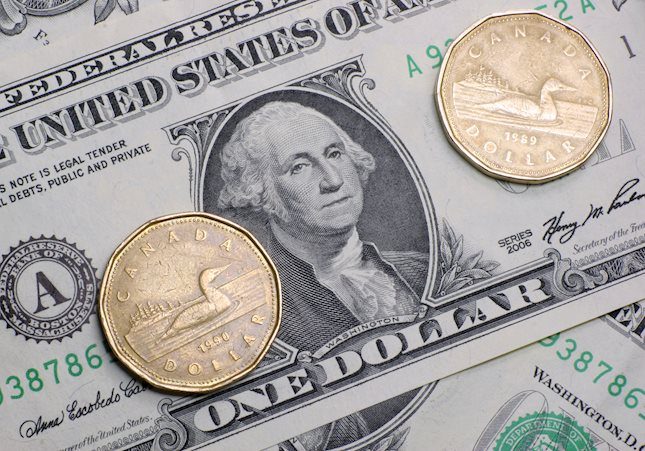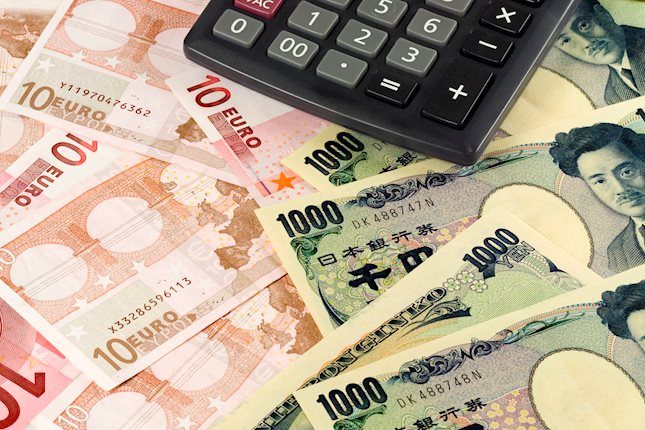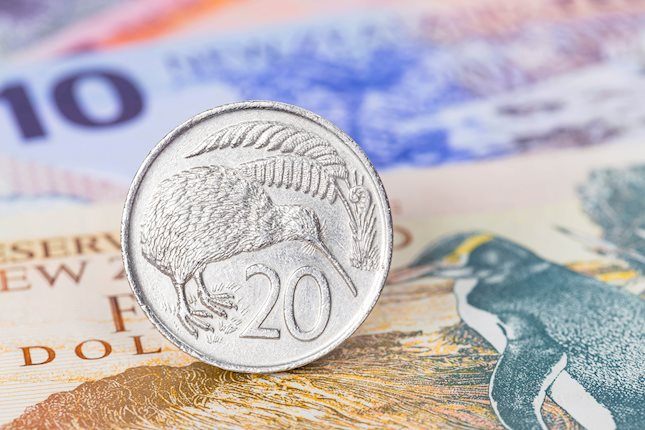US Dollar flat ahead of possible Powell comments
- The US Dollar snaps its winning streak with equities surging in a Risk On tone on Tuesday.
- Markets are awaiting a change in stance from Fed Chairman Powell on Tuesday.
- The US Dollar Index starts to flirt with a break below 106 yet again as seen on Monday.
The US Dollar Index (DXY) is halting its rally for now with the US session coming in, triggering a turnaround and seeing some selling pressure in the Greenback. In the broader picture, the Greenback is enjoying the change in narrative on the rate differential since last week, which got bigger against other currencies in favor of the US Dollar. Additional tailwind comes from Israel, which vowed yet to retaliate against Iran despite diplomatic efforts to ease tensions in the Middle East, now really putting the region back on the brink of war.
On the economic data front, the data points will not really move the needle for the US Dollar on Tuesday. Main event comes in the form of three Federal Reserve (Fed) speakers, with Fed Chairman Jerome Powell being the most important. Powell’s speech could be the game changer, as any change in wording on rate cut expectations or outlook from the Fed Chairman could spark either another leg higher for the Greenback or start a severe pullback.
Daily digest market movers: Jefferson sees higher for longer
- While both the US and EU had called for restraint and calmness over the situation in the Middle East, both nations have issued sanctions on Iran for its strike offensive on Israel over the weekend.
- At 12:30 GMT some Housing data for March got released:
- Building Permits declined from 1.523 million to 1458 million.
- Housing starts shrunk as well, from 1.549 million to 1.321 million.
- At 13:15 GMT the Fed has published the Capacity and Industrial Production numbers for March:
- Capacity Utilization went from 78.2% to 78.4%.
- Industrial Production was unchanged at 0.4%.
- A slew of Fed speakers that will try to guide the markets:
- Federal Reserve Vice Chair Philip Jefferson said that holding rates higher for longer is the right way to go. Though he is confident that inflation will decline under these conditions, Bloomberg reported.
- Around 16:30 GMT Federal Reserve Bank of New York President John Williams will moderate a conversation at the Economy Club of New York.
- Near 17:15 GMT, Federal Reserve Chair Jerome Powell will enter a discussion panel with the Bank of Canada governor Tiff Macklem at the Washington Forum.
- US Equities are holding onto strong gains with the Nasdaq up over 0.75% for this Tuesday. European equities are unable to enjoy the turnaround and remain in the red.
- According to the CME Group’s FedWatch Tool, expectations for a Fed pause in the May meeting are at 98.2%, while chances of a rate cut stand at 1.8%. Although there are calls for a rate hike, those are not being represented in the CME futures yet, and could add to substantial more US Dollar strength once the possibility starts to be priced in as a possibility.
- The benchmark 10-year US Treasury Note trades around 4.68%. Further move upwards could even point to expectations of another rate hike before the easing cycle will start to take place.
US Dollar Index Technical Analysis: Deep pockets
The US Dollar Index (DXY) is rolling through markets and clearly the division between weak and strong currencies becomes very more clear. The Greenback looks to be the ultimate gainer while Europe and China look very bleak in terms of rates and keeping them steady for longer. WIth these main currencies set to devalue substantially further in the coming weeks and months, the end of the King Dollar does not look to be taking place anytime soon, as long as US data keeps outperforming. Bets on a weaker US Dollar will get squeezed out time after time
On the upside, the first level for the DXY is the November 10 high at 106.01, just above the 106.00 figure, which got taken out overnight. Further up and above the 107.00 round level, the DXY Index could meet resistance at 107.35, the October 3 high.
On the downside, the first important level is 105.88, a pivotal level since March 2023 and which proved its importance on Monday holding support. Further down, 105.12 and 104.60 should also act as a support, ahead of the region with both the 55-day and the 200-day Simple Moving Averages (SMAs) at 103.97 and 103.84, respectively.
Fed FAQs
Monetary policy in the US is shaped by the Federal Reserve (Fed). The Fed has two mandates: to achieve price stability and foster full employment. Its primary tool to achieve these goals is by adjusting interest rates. When prices are rising too quickly and inflation is above the Fed’s 2% target, it raises interest rates, increasing borrowing costs throughout the economy. This results in a stronger US Dollar (USD) as it makes the US a more attractive place for international investors to park their money. When inflation falls below 2% or the Unemployment Rate is too high, the Fed may lower interest rates to encourage borrowing, which weighs on the Greenback.
The Federal Reserve (Fed) holds eight policy meetings a year, where the Federal Open Market Committee (FOMC) assesses economic conditions and makes monetary policy decisions. The FOMC is attended by twelve Fed officials – the seven members of the Board of Governors, the president of the Federal Reserve Bank of New York, and four of the remaining eleven regional Reserve Bank presidents, who serve one-year terms on a rotating basis.
In extreme situations, the Federal Reserve may resort to a policy named Quantitative Easing (QE). QE is the process by which the Fed substantially increases the flow of credit in a stuck financial system. It is a non-standard policy measure used during crises or when inflation is extremely low. It was the Fed’s weapon of choice during the Great Financial Crisis in 2008. It involves the Fed printing more Dollars and using them to buy high grade bonds from financial institutions. QE usually weakens the US Dollar.
Quantitative tightening (QT) is the reverse process of QE, whereby the Federal Reserve stops buying bonds from financial institutions and does not reinvest the principal from the bonds it holds maturing, to purchase new bonds. It is usually positive for the value of the US Dollar.
Forex News
Keep up with the financial markets, know what's happening and what is affecting the markets with our latest market updates. Analyze market movers, trends and build your trading strategies accordingly.
